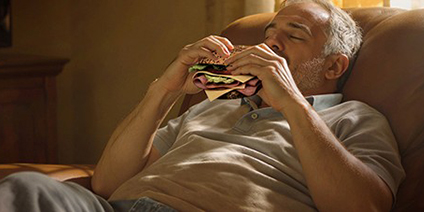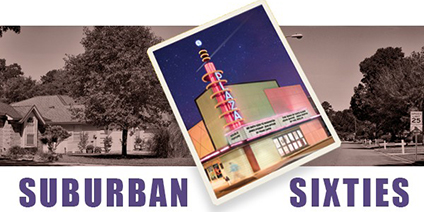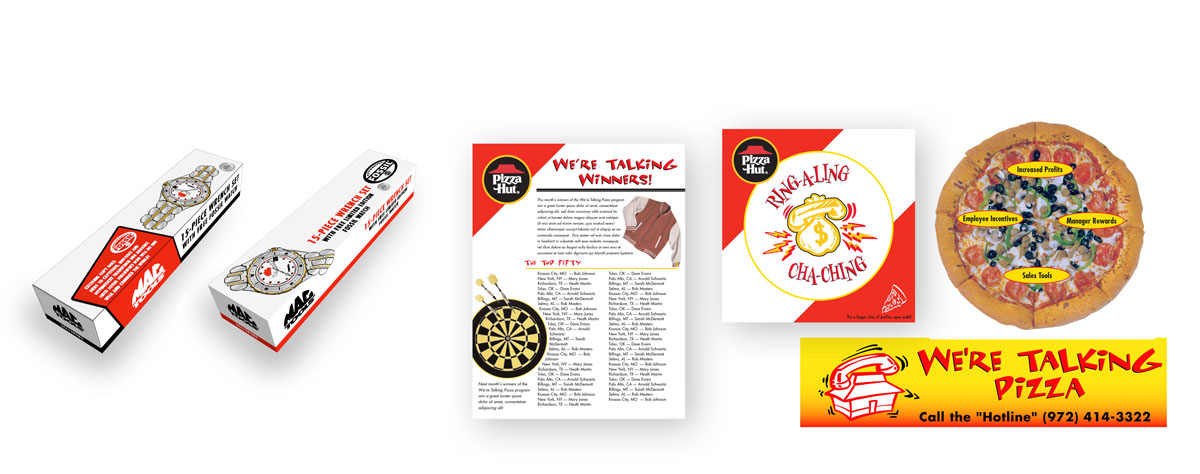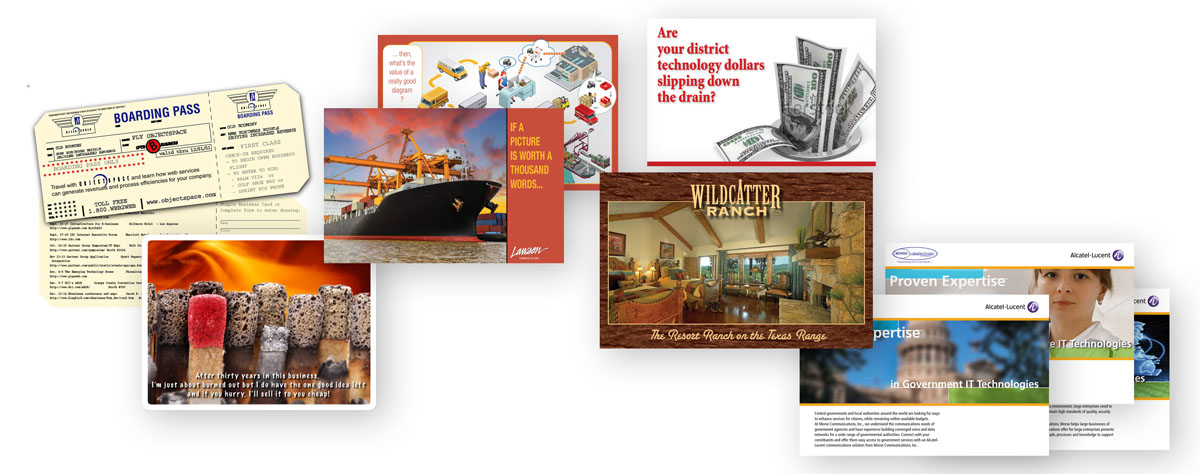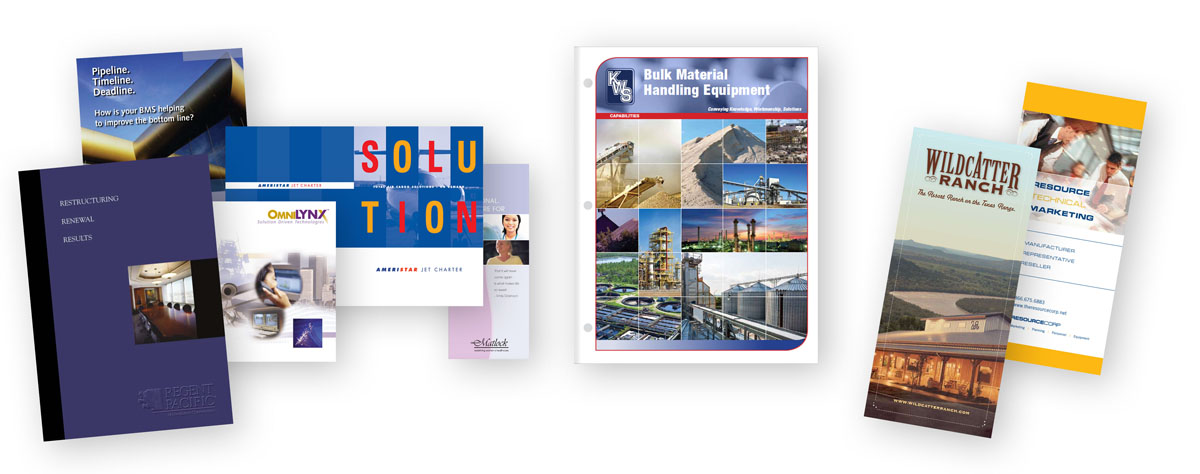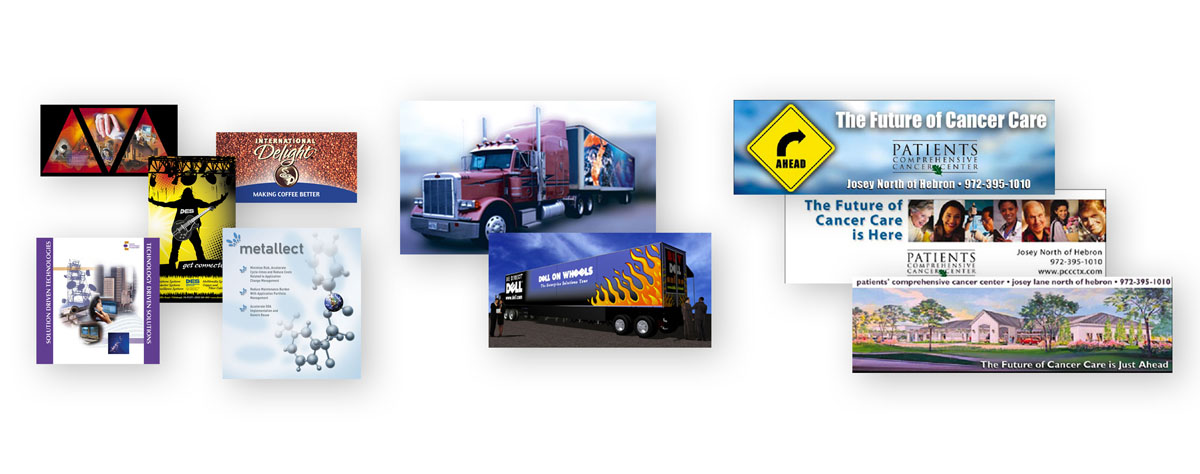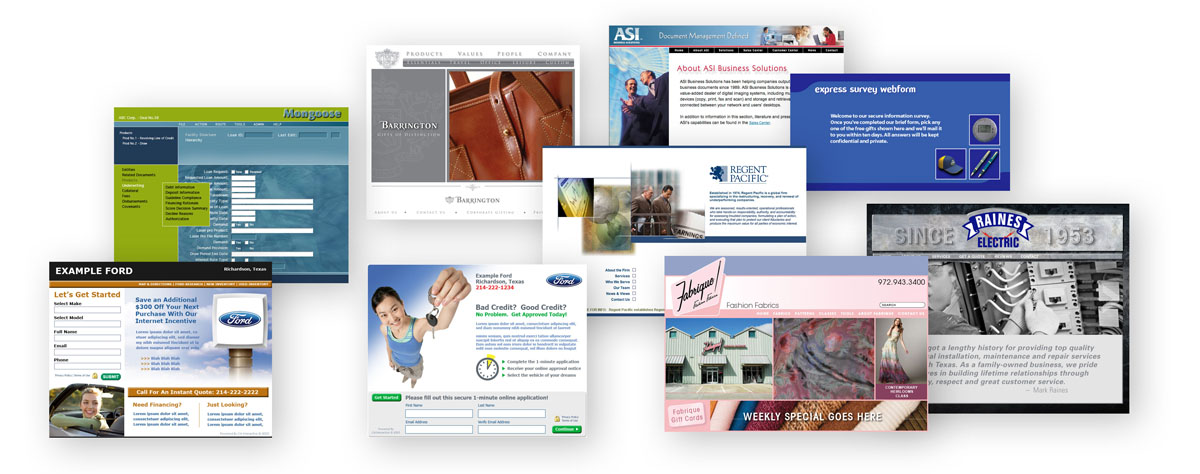The Cushman Era
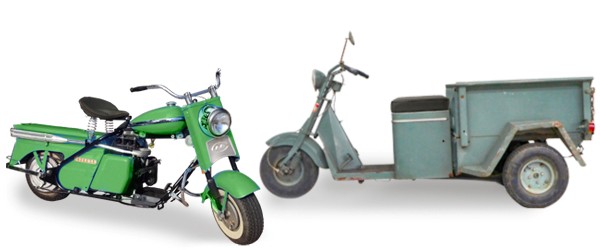
The Cushman Era
In sixth grade, I purchased a Cushman Eagle from Billy McSwain for fifty hard-earned dollars from my lawn mowing stash. But what Billy had in his backyard, that really captivated my attention, was a 1959 Cushman Truckster. It would be another year and a hundred more hard-earned bucks before I could talk Billy out of that three-wheeler, but I’m getting ahead of myself.
When I purchased the first motor scooter, the body was in pretty fair shape, but the motor didn’t run. To top things off, my older brother — who was actually old enough to get a motor scooter license — had just purchased his own Cushman which was one model below the Eagle. My dad was not happy to see me pushing that old clunker up the driveway.
A few evenings later, my dad walked into my room and explained that he ’d already committed to helping my brother restore his own junkyard refugee and that he didn’t have time to help me, especially since I wouldn’t be able to ride the thing legally for three more years. That’s when I first understood the concept that “illegal” only applies to those who get caught.
My dad did, however, make one concession. He threw a Cushman maintenance and repair manual on my bed and said it would contain everything I needed. He either didn’t notice or didn’t care that I was in sixth grade and the repair manual was written for readers with at least a high school reading ability — which was, at least in those days, considerably above sixth grade.
After a few months of constantly bombarding my dad with more questions than he could answer, we finally took a Saturday morning trip to the certified Cushman repair shop over on. Harry Hines Boulevard. The mechanic clamped my engine down on a workbench, hooked an electric motor to it via a fanbelt around the flywheel and let her rip.
“You need new rings kid,” he declared after only a few minutes of tinkering with that spinning engine. My father reluctantly paid for it to be fixed. When we returned to pick it up the next weekend, I kept my mouth shut because I suspected my dad had paid more for the tune-up than I had paid for the whole scooter. But I did learn one golden lesson about tuning Cushman engines, and within a week, I’d gone to Gibsons Discount Center and purchased a fanbelt long enough to reach from my dad’s tablesaw motor down to my scooter’s flywheel.
I spent every spare minute of that next year tinkering with that engine and learning how to keep it purring — no small accomplishment if you’re familiar with the Cushman 500 engine. In fact, I’m relatively certain that when the apocalypse happens, the antichrist will appear riding a smoke-belching Cushman motor scooter.
Moving on Up
By the summer after seventh grade, I had two good jobs. One was picking up horse manure for a fellow who owned a worm farm. Note: Cow manure is too depleted of nutrients to raise worms in but those nightcrawlers love themselves a heap of dried horse pucky. My second job was working Saturday and Sunday mornings as a fry cook at the local donut shop. I know what you’re thinking, but I always took a bath on Friday night and made sure my fingernails were clean before Saturday morning in the donut kitchen.
Most important, by the middle of that summer, I had the hundred bucks that Billy wanted for the three-wheeler and nobody else had beaten me to the deal. I started rebuilding my second Cushman engine. This time, I paid twenty-five bucks for the replacement rings and did all of the work myself. I also sold the now-passe Cushman Eagle to a friend for a hundred bucks so I was pretty flush financially. Thinking back, I probably should have offered half that money to my dad for the original tune-up he’d financed.
In no time, I had the Truckster running like new. I even knocked the flaking paint off it and shot the whole thing with a fresh coat of black Krylon spray paint. What I should have done was take the entire scooter apart, sand down every rusting piece of metal and replace any seriously corroded body parts.
As a result, when I sold that three-wheeler to another friend four years later, he was not happy to discover that what looked good on the outside, had some serious rust on the inside. I guess motor vehicles are kind of like people. We’re all hiding some significant defects behind those shining smiles. At least we don’t come with kick-starters like those old Cushmans.
 Let’s talk. I’d really like to hear what you have to say, and it might even give me something to write about. Email me at guy@lawsoncomm.com.
Let’s talk. I’d really like to hear what you have to say, and it might even give me something to write about. Email me at guy@lawsoncomm.com.
I’ll buy you coffee and we can compare notes. I promise not to steal your ideas without permission.
![]()
Some people bring joy wherever they go, and some people bring joy whenever they go.
— Mark Twain

Did someone forward this newsletter to you after reading it themselves? Don’t settle for that!
CLICK HERE
to get a fresh, unused copy of this newsletter sent directly to you every Sunday morning. If you decide it stinks, you can always unsubscribe.
How Memory Works and Why Your Brain Remembers Wrong
— Gabrielle F. Principe
Another Great Courses book by an interesting lecturer. He explains the signaling process the brain utilizes to create and store memories. He also explains how it gets modified over time and what you used to remember isn’t precisely what you remember today.
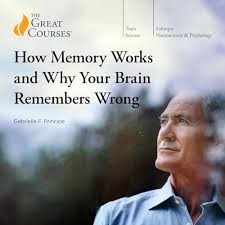
A meeting of great minds who think alike


